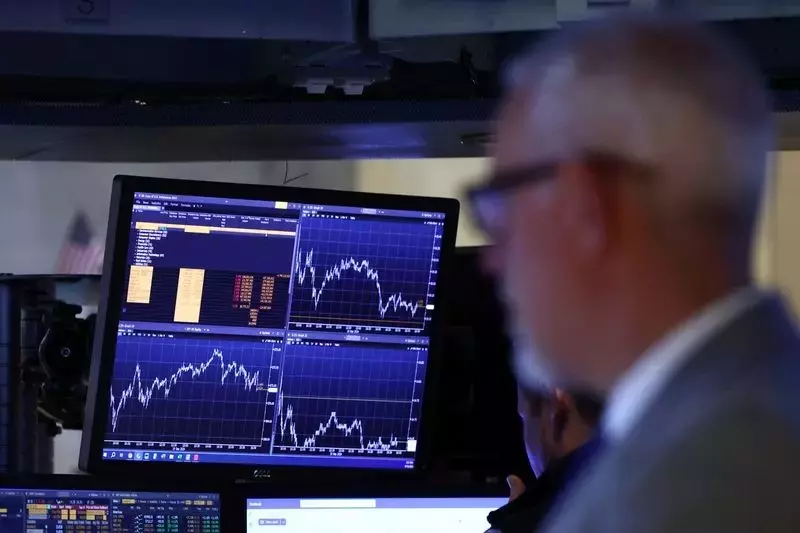Wall Street Reaches New Heights as Investors Embrace Fed's Dovish Stance
The U.S. stock market has been on a remarkable run, with the S&P 500 index notching its eighth session of gains out of nine on Thursday and closing at an all-time high. The blue-chip Dow Jones Industrial Average also settled above the psychological level of 42,000 points, reaching a new record high. This impressive performance has been fueled by a combination of factors, including the Federal Reserve's dovish monetary policy and investors' optimism about the economic outlook.Investors Bullish on Fed's Easing Cycle and Economic Prospects
Fed's Dovish Stance Boosts Risk Appetite
The market's risk appetite received a significant boost earlier in the week after the Federal Reserve kicked off its easing cycle with a large, but expected, 50-basis-point interest rate cut. The central bank also assured investors that more rate cuts are on the way, projecting a period of steady economic growth, low unemployment, and subdued inflation. This dovish stance from the Fed has provided a tailwind for the stock market, as lower borrowing costs can ease pressures on corporate profits and support economic expansion.Investors Optimistic About Economic Outlook
Investors have also been buoyed by the central bank's positive outlook on the economy. The Fed's projections of steady growth and low unemployment have instilled confidence in market participants, who are now more optimistic about the overall economic prospects. This optimism has translated into increased risk-taking and a willingness to invest in equities, driving the recent surge in the major stock indexes.Volatility Ahead as "Triple Witching" Looms
However, investors are bracing for potential volatility in the coming days due to the upcoming "triple witching" event. This refers to the simultaneous expiration of options and futures linked to stock indexes, futures, and single stocks on the third Friday of the last month of the quarter. This event can often lead to increased trading activity and price fluctuations as investors and traders adjust their positions.Rebalancing of Major Indexes Adds to Uncertainty
Adding to the potential for volatility is the expected rebalancing of the main stock indexes. Specifically, Dell (NYSE:DELL) and Palantir Technologies (NYSE:PLTR) are set to join the S&P 500 before the market opens on September 23rd. These changes in index composition can trigger buying and selling activity as funds and investors adjust their portfolios to align with the new index constituents.Investors Weigh Boom or Recession Prospects
Globally, investors are grappling with the question of whether the world's dominant economy, the United States, is poised for a boom or a potential recession. This uncertainty is further compounded by the more cautious stances taken by central banks in the United Kingdom and Japan, which have diverged from the Fed's dovish approach.Equities Historically Perform Well in Rate-Cutting Cycles
Historically, equities have tended to perform well during periods of interest rate cuts, as lower borrowing costs can ease pressures on corporate profits and support economic growth. However, the current outlook appears somewhat bleak, with the S&P 500's valuations trading well above their long-term average. This raises concerns about the sustainability of the market's recent rally and the potential for a correction or a more volatile trading environment in the months ahead.You May Like


